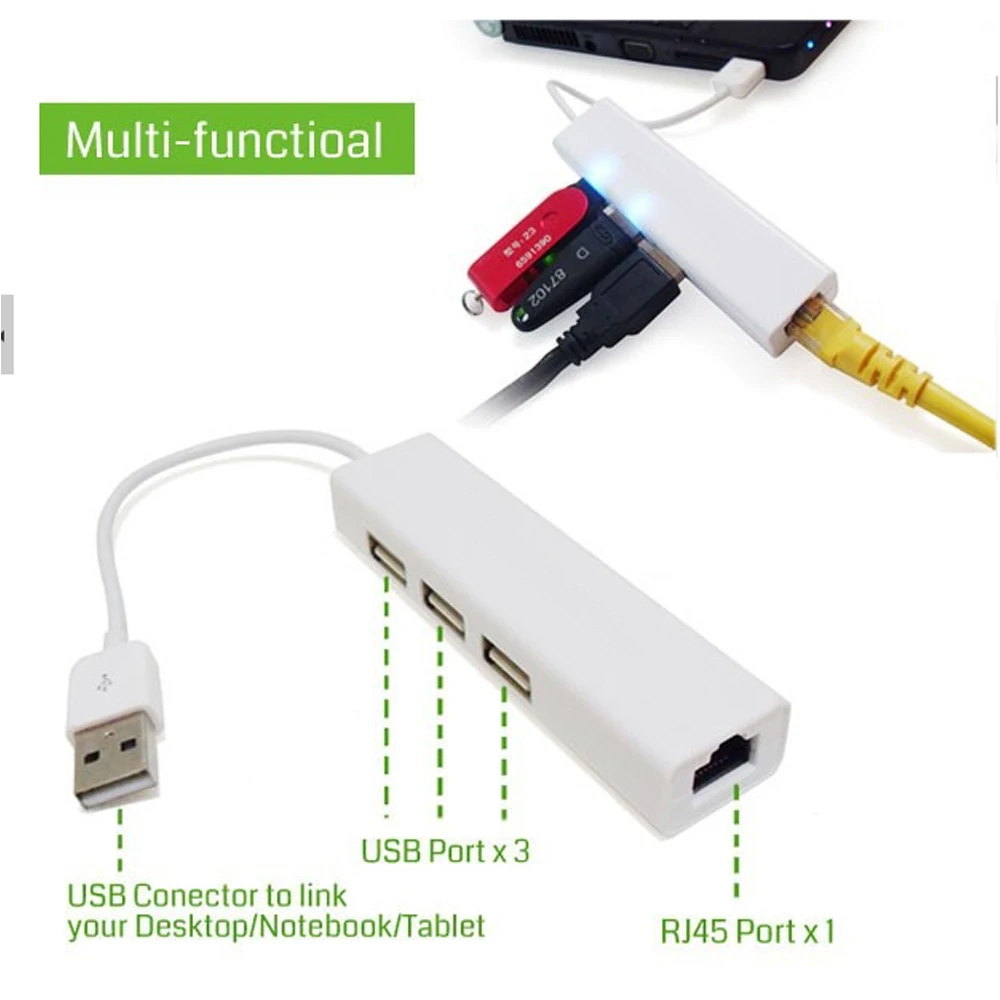

On both Macs, go to System Preferences > Network, select your Wi-Fi adapter in the left-hand list and click Advanced.I measured below 100Mbps, even lower on average than with a Mac-created Wi-Fi hotspot. Your maximum throughput will be relatively low. If you have one or two older Macs with Thunderbolt 2, you can use a Thunderbolt 2 to Thunderbolt 2 cable or a Thunderbolt 3 or 4 USB-C cable with a Thunderbolt 2 adapter on one end. You don’t want a USB-C charge-only cable (typically unmarked ends) or a USB 3-only cable (typically a USB symbol and SuperSpeed+ or SS+, SS 10, or SS 20 label). If you already own a USB-C cable, check that it has a lightning bolt symbol on plugs at both ends it should also bear a 3 or 4, though Apple omits that, oddly enough. Buy it from a company that has a good track record, such as Anker, Belkin, CalDigit, and Other World Computing, to name four of many. It’s vitally important that you have a USB-C to USB-C cable designed for Thunderbolt 3 or 4.

Both rates are far above gigabit ethernet. In my testing using a Thunderbolt 4 cable between two M1 Macs, I was able to get 4Gbps of sustained writes and 8Gbps of sustained reads using a speed-testing app, and 5Gbps in copying large files from one Mac to the other.


 0 kommentar(er)
0 kommentar(er)
